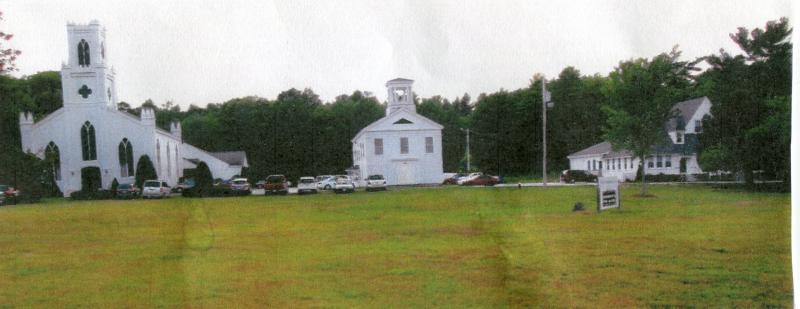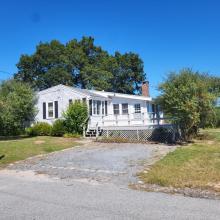From the files of the Rochester Historical Society: Historic schools
Aug 30, 2020
The writer of this piece, Connie Eshbach, is the vice president of the Rochester Historical Society. This is part of a series of Rochester history briefs.
Not too many years after the incorporation of the town in 1686, Rochester established a town center. As early as 1704, the selectmen's thoughts turned to education and “two shillings a week plus dyet [sic], washing and lodging” was put forth for a suitable teacher. Over the years, the salary rose to 10, then 20 and even 30 pounds, with one schoolmaster receiving use of a horse.
The first teachers were itinerant and taught a term in each of Rochester's four or five sections, with no official school building. According to Abraham Holmes’ memoirs, the schoolmasters were generally "tolerable" readers and had clear handwriting. They also knew the basic rules of arithmetic, so the curriculum was truly reading, writing and ’rithmetic.
In 1789 , Massachusetts let towns divide into school districts and in 1799, Rochester adopted the district format. This led to an abundance of one-room schoolhouses. The district system was abolished in 1869 and over the decades the small schools were consolidated into larger ones.
By the mid-1800's the town center contained the First Congregational Church, the Academy, the Center School, and the Town House. The Center School was built before 1854 and was the District One school. All of the district's younger students were taught there, while older children who chose to continue their education attended the Rochester Academy. The Academy was founded in 1836 by several influential residents: Rev. Jonathan Bigelow, George Bonney, Dr. Theophilus King, and Joseph Haskell.
When the academy was built in 1838, it brought Rochester education to a new high. The description of the Rochester Academy in its 1854-1855 catalogue locates it "in Rochester, Mass, three miles from the Marion Station of the Fairhaven Branch Railroad, and 10 miles from New Bedford, with which there is a daily stage communication."
It goes on to say, "Rochester is a quiet village, justly noted for its interest in the cause of education, as well as the generous cordiality of its inhabitants. It has no means of dissipation. The student here meets with hearty welcome, and aristocracy has no undue influence; circumstances which should influence those selecting a literary retreat for their sons and daughters."
The Academy curriculum included Latin, Greek, French, a thorough knowledge of English branches algebra, geometry, geography, and science. There was also a weekly requirement for compositions and declamations. As Mary Hall Leonard wrote, the Academy showed Rochester to be a town, " whose people involved themselves in a good degree of high thinking, read books, and kept itself informed of the literary trends of the time."
After the Academy closed, the building was used as a chapel and a hall for the social needs of the town. Later the upper floors were used for overflow students from Center School. Today, it belongs to the church that it sits beside.












